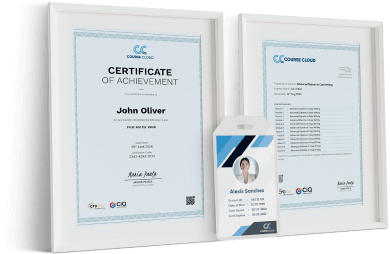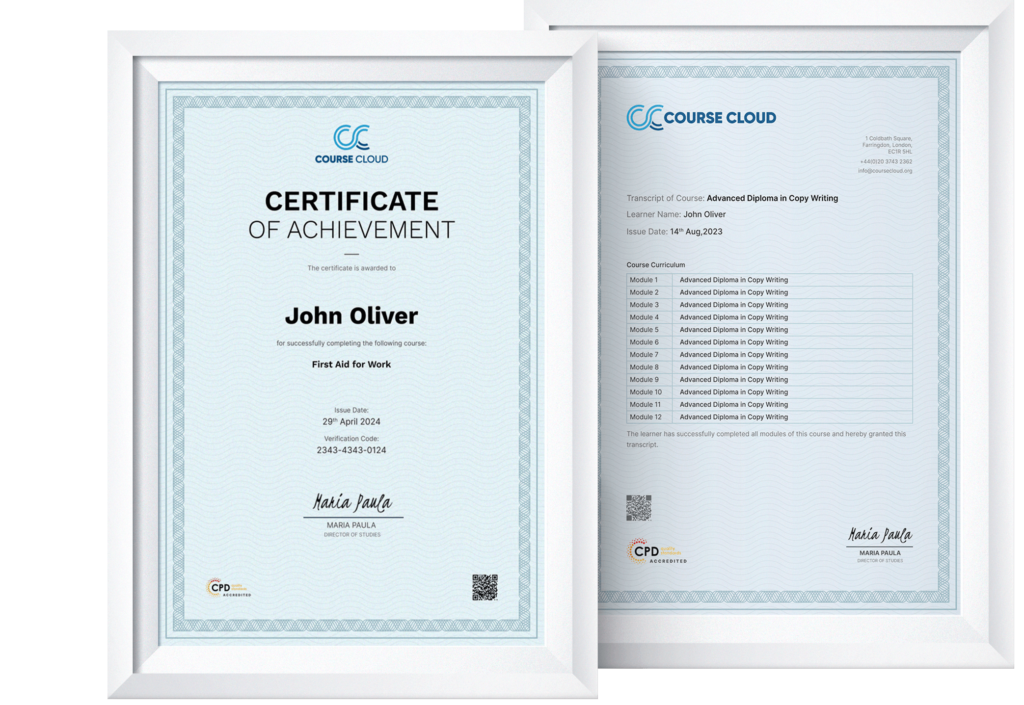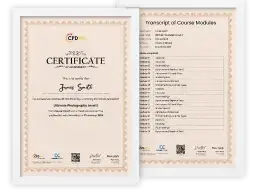Welcome to
Course Cloud
the best place for online learning!
Log In
Sign Up
Don’t have an account yet? Sign Up
Risk Assessment & Management
Effective risk management is essential for businesses, organizations, and professionals across industries. The Risk Assessment & Management Course provides a comprehensive guide to identifying, evaluating, and mitigating risks in various settings. Understanding how to assess workplace hazards, financial uncertainties, and technological risks enables better decision-making, increased operational security, and business continuity.
8 enrolled on this course
( 50% Off Limited Time )

This Course Includes
- 10 Units
- 1 Year Access
- 3 hours, 33 minutes
- Intermediate
- Accredited Certificate






Frequently asked questions
Can’t find the anwser you’re looking for ? Reach out to customer support team.
Risk assessment and management involve identifying potential hazards, analyzing their impact, and implementing measures to minimize or control risks. Risk assessment focuses on recognizing threats in a workplace, business, or financial setting, while risk management involves developing strategies to reduce or mitigate those risks effectively.
The five core principles of risk assessment include identifying hazards, determining who might be harmed and how, evaluating risks and implementing control measures, recording findings, and reviewing and updating the risk assessment periodically. These principles ensure a systematic approach to risk prevention and safety management.
The five main types of risk assessment include qualitative risk assessment, quantitative risk assessment, generic risk assessment, site-specific risk assessment, and dynamic risk assessment. Each type is used depending on the complexity of the situation, industry regulations, and the need for detailed data analysis.
A standard risk assessment process involves identifying hazards, analyzing who might be affected, evaluating risks and establishing control measures, documenting the findings, and regularly reviewing the assessment to ensure ongoing effectiveness.
The 5 C’s of risk assessment include context (understanding the situation), consequences (assessing potential impacts), controls (identifying existing measures to reduce risks), communication (ensuring clear reporting), and compliance (aligning with safety regulations).
The 4 C’s in risk assessment refer to competence (ensuring individuals conducting assessments have the necessary expertise), control (applying risk reduction measures), communication (effectively informing relevant parties), and cooperation (working together to manage risks efficiently).
The 4 P’s stand for people (who might be affected), processes (tasks or operations involved), premises (physical work environment), and products (materials or substances used). This framework helps organizations identify potential hazards and mitigate risks effectively.
The 5 R’s of risk assessment include recognize (identifying risks), record (documenting findings), respond (taking necessary actions), review (continuously monitoring risks), and report (ensuring stakeholders are informed). This structured approach ensures a proactive response to potential hazards.
Preparing a risk assessment involves identifying hazards, assessing their likelihood and severity, determining affected individuals, implementing control measures, and regularly reviewing and updating the findings. The process should be systematic, well-documented, and aligned with industry-specific safety guidelines.
The five pillars of risk refer to financial risk, operational risk, strategic risk, compliance risk, and reputational risk. Businesses must address these areas to ensure sustainability, security, and long-term success.
A 5x5 risk assessment is a scoring method that evaluates risks based on their likelihood (from very unlikely to almost certain) and severity (from negligible to catastrophic). It helps organizations prioritize risks and implement control measures accordingly.
The 5 Ts of risk management include tolerate (accepting unavoidable risks), treat (implementing control measures), transfer (shifting risks to third parties, such as insurance providers), terminate (eliminating risks entirely), and take advantage (turning risks into opportunities).
Risk analysis involves evaluating the probability and impact of potential threats, considering available control measures, and determining the overall level of risk. This can be done qualitatively (based on expert judgment) or quantitatively (using data and statistical models).
Risk assessments are typically approved by designated safety officers, compliance managers, or senior management within an organization. In high-risk industries, regulatory bodies may also need to review and approve assessments to ensure compliance with legal safety requirements.
Hazards can be identified through workplace inspections, reviewing past incidents, consulting employees, analyzing workflows, and assessing environmental conditions. Common hazards include physical risks (e.g., machinery), chemical exposure, ergonomic issues, and psychological stressors.


 Get Accredited Certificate
Get Accredited Certificate



 ALL COURSES FOR £49
ALL COURSES FOR £49

